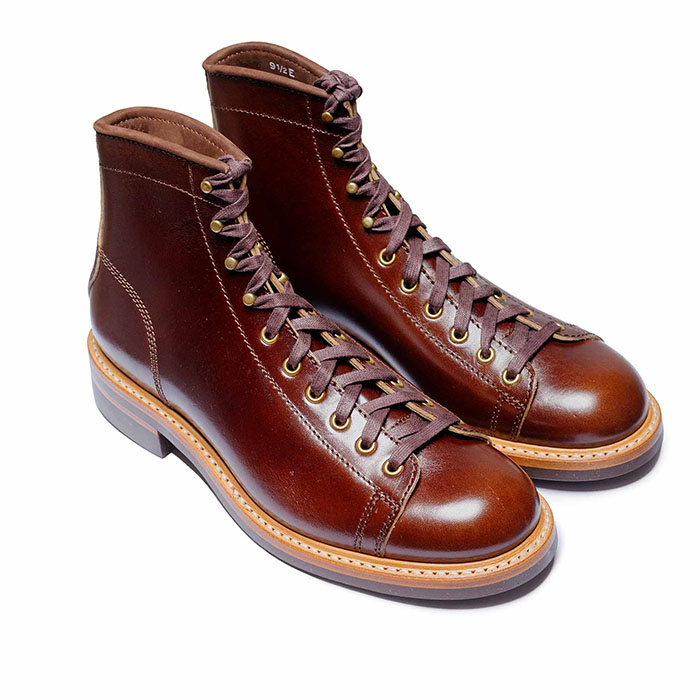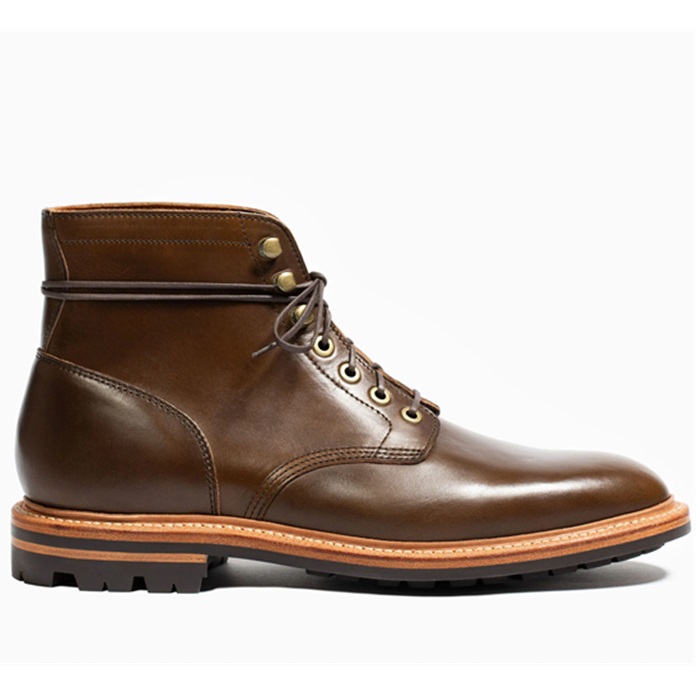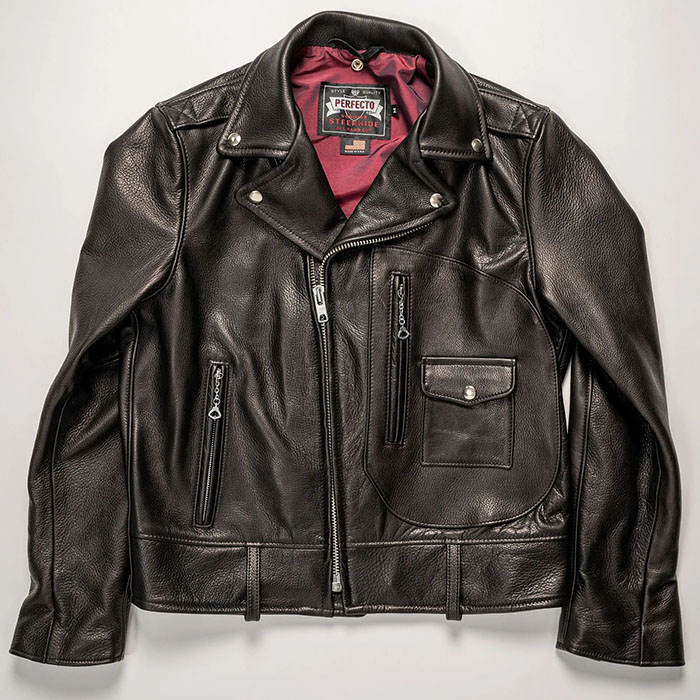Fletch
I'll Lock Up
- Messages
- 8,865
- Location
- Iowa - The Land That Stuff Forgot
:eusa_doh: Holy ned, who wrote that?!Carlisle Blues said:With the advent of the microphone in 1931
The mic replaced the acoustic "horn" in 1925 when electric recording came in. The next advance was the switch from carbon to ribbon mics - in 1932 in America and several years later in England.
I've often heard it said that the carbon mic sound made the Ray Noble HMV band (and Al Bowlly to a great degree). It was a "warmer" sound with its limited high range and more studio tone. RCA had to experiment to make Noble's Victor band sound anything like that, and mostly failed to do so. They'd gone to a much "deader" studio acoustic after the ribbon mic, which picked up way too much reverb.
Ray also claimed that when he first worked with Bowlly, late in 1930, Al sang in published keys - always pitched to a high baritone-tenor. They soon found Al's real range was about a 3rd lower. That surely made his voice more intimate - and it would have happened sometime in '31.
__
Now playing on the meatbox: My Song Goes Round the World (no apostrophe in British English), by Noble & Bowlly in 1933. Then Tom Coakley's slower, heart-in-throat version of 1934, with the mysterious Armand Camgros on lead tenor sax and vocal, and a playlet plugging Hills Bros Coffee.


